
Thrilled to have contributed to this story with two of my favourite microbiologists: @jrpenades.bsky.social & @sanmillan.bsky.social
This great work was led by Akshay Sabnis & @wfigueroac3.bsky.social
www.cell.com/cell-reports...

Thrilled to have contributed to this story with two of my favourite microbiologists: @jrpenades.bsky.social & @sanmillan.bsky.social
This great work was led by Akshay Sabnis & @wfigueroac3.bsky.social
www.cell.com/cell-reports...
Original idea from @albertomarina.bsky.social and, as usual, he was right.
www.biorxiv.org/content/10.1...

Original idea from @albertomarina.bsky.social and, as usual, he was right.
www.biorxiv.org/content/10.1...
Plasmid-dependent phage (PDPs) are ubiquitous, but the selective pressures that they impose on plasmids are not well understood. Project led by Daniel Cazares in collaboration with @brockhurstlab.bsky.social!
#phagesky#microsky

Plasmid-dependent phage (PDPs) are ubiquitous, but the selective pressures that they impose on plasmids are not well understood. Project led by Daniel Cazares in collaboration with @brockhurstlab.bsky.social!
#phagesky#microsky
We just did that to study the history of #AMR spread @science.org
doi.org/10.1126/scie...
If you like time travel & biology, this 🧵is for you👇

We just did that to study the history of #AMR spread @science.org
doi.org/10.1126/scie...
If you like time travel & biology, this 🧵is for you👇


www.pnas.org/doi/10.1073/...

www.pnas.org/doi/10.1073/...
https://f.mtr.cool/rnstpoiucs

https://f.mtr.cool/rnstpoiucs
Plasmids are associated with very variable fitness costs in their different bacterial hosts. But, what is the contribution of each of the plasmid-genes in these host-specific effects? Study led by
@jorgesastred.bsky.social, @sanmillan.bsky.social and myself! 1/14
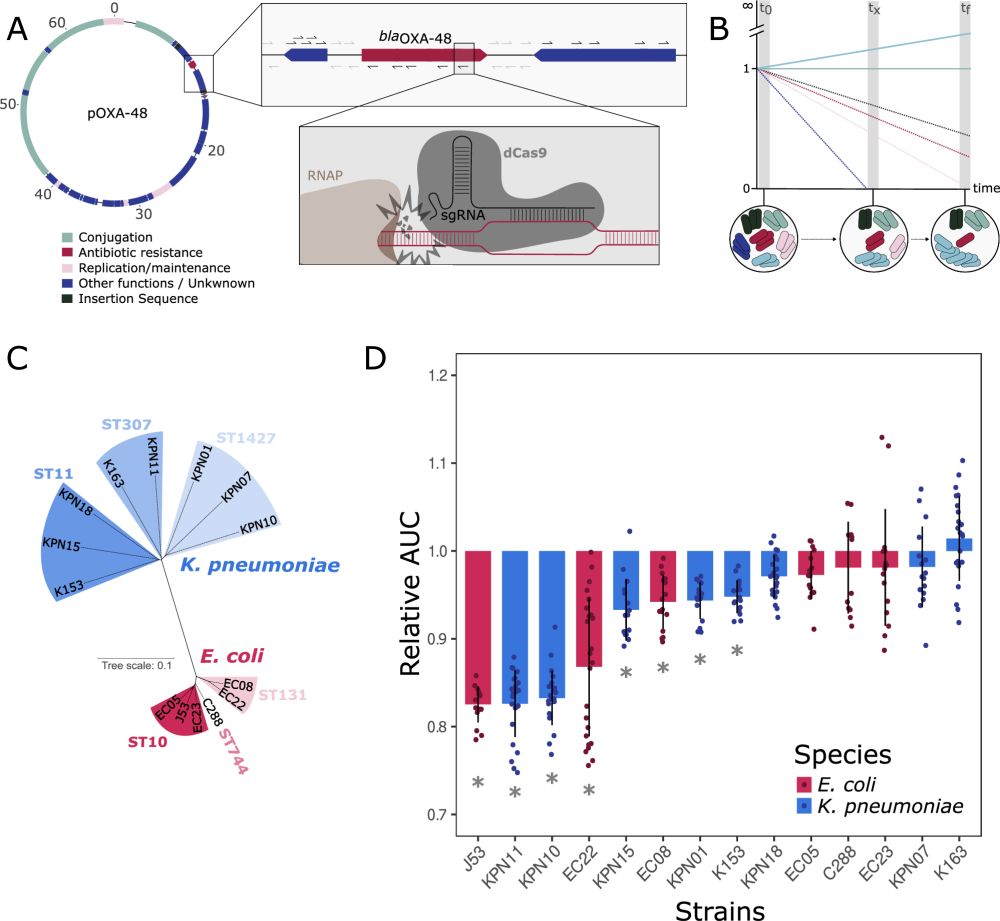
Plasmids are associated with very variable fitness costs in their different bacterial hosts. But, what is the contribution of each of the plasmid-genes in these host-specific effects? Study led by
@jorgesastred.bsky.social, @sanmillan.bsky.social and myself! 1/14

Plasmids are associated with very variable fitness costs in their different bacterial hosts. But, what is the contribution of each of the plasmid-genes in these host-specific effects? Study led by
@jorgesastred.bsky.social, @sanmillan.bsky.social and myself! 1/14
Plasmids ✅
Insertion Sequences ✅
AMR Evolution ✅
Microbial Communities ✅
Databases analyses ✅
Mathematical modeling ✅
See the scientific thread below of Jorge Sastre, who has brilliantly led this work with @palomarodera.bsky.social
Plasmids promote antimicrobial resistance through Insertion Sequence-mediated gene inactivation.
Combining experimental and computational approaches, we unveil how two of the most prevalent bacterial MGE accelerate the evolution of AMR. 🧵👇🏻
www.biorxiv.org/content/10.1...

Plasmids ✅
Insertion Sequences ✅
AMR Evolution ✅
Microbial Communities ✅
Databases analyses ✅
Mathematical modeling ✅
See the scientific thread below of Jorge Sastre, who has brilliantly led this work with @palomarodera.bsky.social
Plasmids promote antimicrobial resistance through Insertion Sequence-mediated gene inactivation.
Combining experimental and computational approaches, we unveil how two of the most prevalent bacterial MGE accelerate the evolution of AMR. 🧵👇🏻
www.biorxiv.org/content/10.1...

Plasmids promote antimicrobial resistance through Insertion Sequence-mediated gene inactivation.
Combining experimental and computational approaches, we unveil how two of the most prevalent bacterial MGE accelerate the evolution of AMR. 🧵👇🏻
www.biorxiv.org/content/10.1...
We uncover how temperate phages can use RNA-guided transcription factors to remodel the flagellar composition of their bacterial host and enhance their fitness.
Find the preprint and full story here: tinyurl.com/mshwjd77

We uncover how temperate phages can use RNA-guided transcription factors to remodel the flagellar composition of their bacterial host and enhance their fitness.
Find the preprint and full story here: tinyurl.com/mshwjd77
In our new paper, we tackled this question using theory, simulations, bioinformatics, and experiments!
👇 Check out all the details in Paula’s thread!
Hint: 🐇 (most of the time)
In our new paper, we tackled this question using theory, simulations, bioinformatics, and experiments!
👇 Check out all the details in Paula’s thread!
Hint: 🐇 (most of the time)
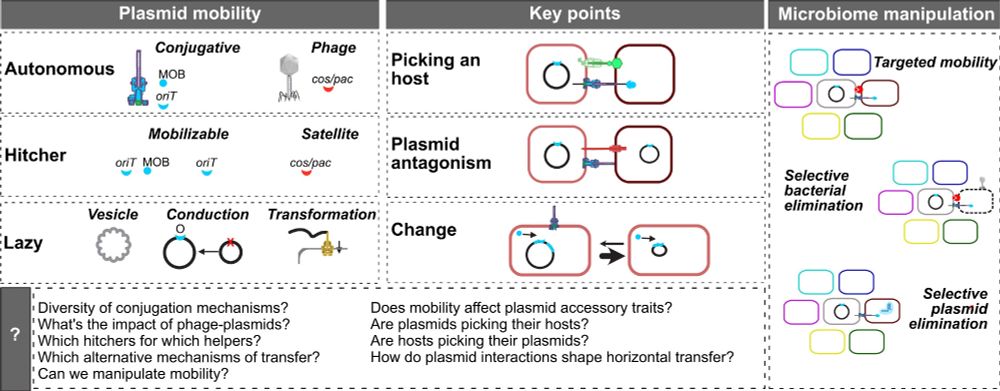
#ExperimentalEvolution #evolution #evoSky
www.nature.com/articles/s41...

#ExperimentalEvolution #evolution #evoSky
www.nature.com/articles/s41...
🧵 (1/14)
www.doi.org/10.1038/s414...
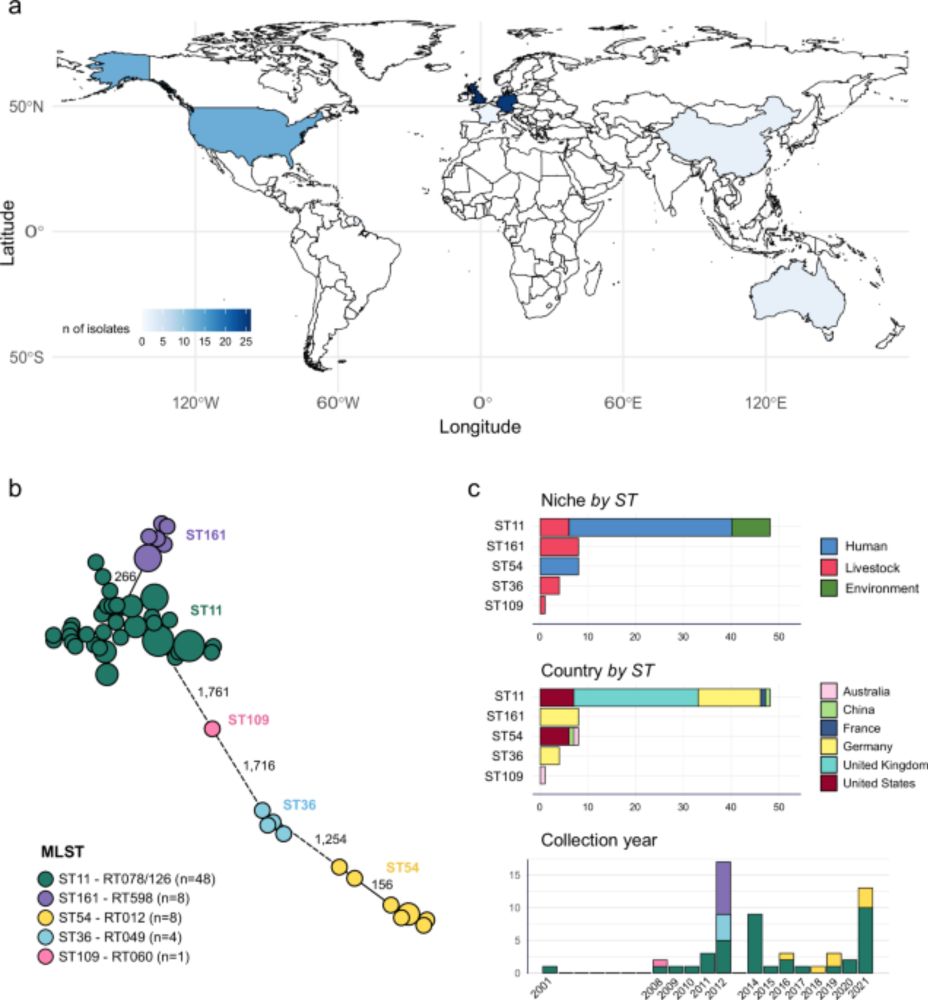
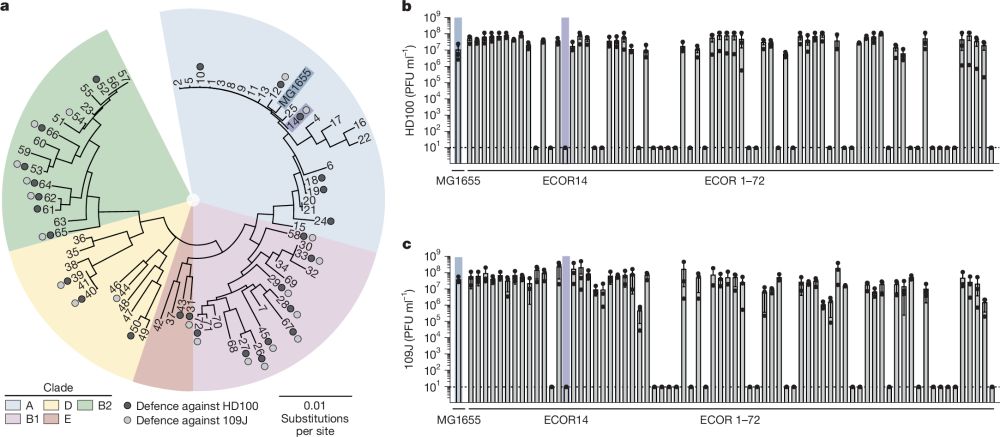
Come for the first large-scale analysis of plasmid copy number across species,
stay for one of the most intriguing results of my lab: universal scaling laws in plasmid biology! 📈🧬
👉 www.nature.com/articles/s41...
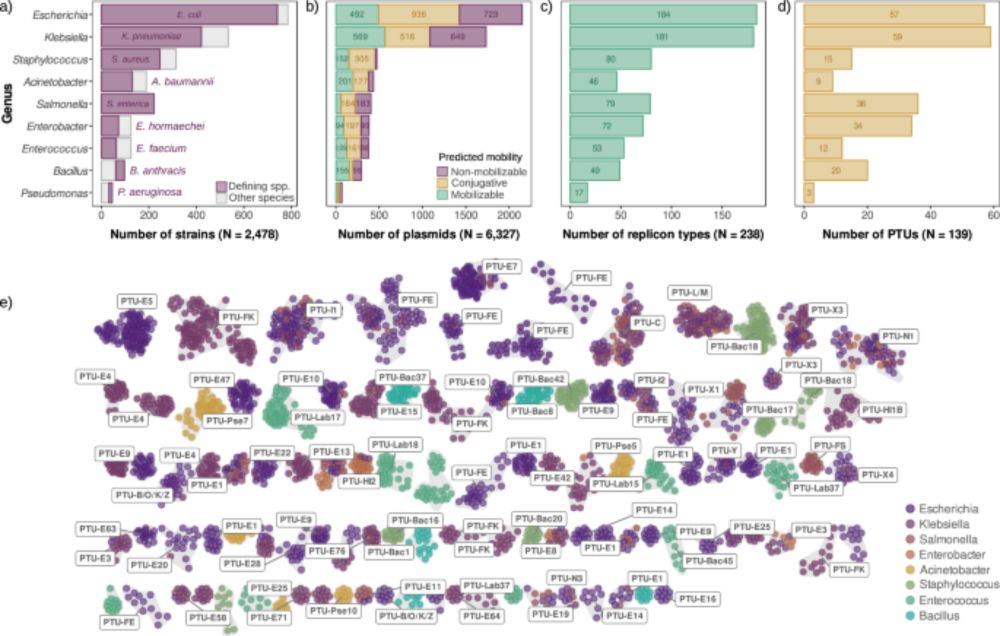
📄https://f.mtr.cool/qxwueostwp

📄https://f.mtr.cool/qxwueostwp
🥇Alberto Hipólito Carrillo
🥈Álvaro de la Gándara
🥈Andrés Gámez
https://f.mtr.cool/dkbbwgjluf

journals.asm.org/doi/10.1128/...

journals.asm.org/doi/10.1128/...



